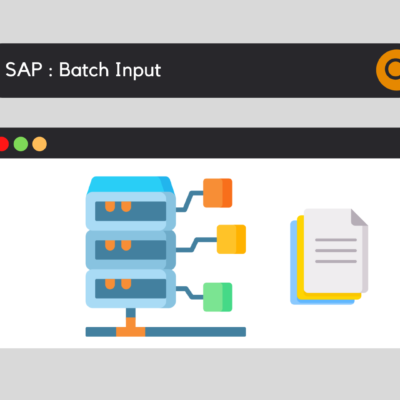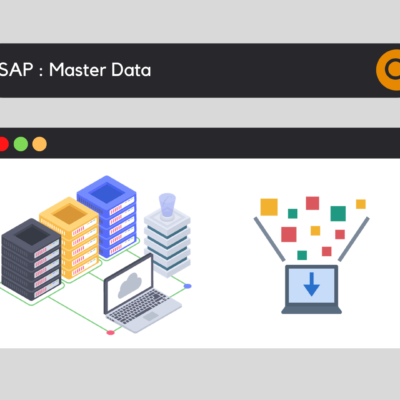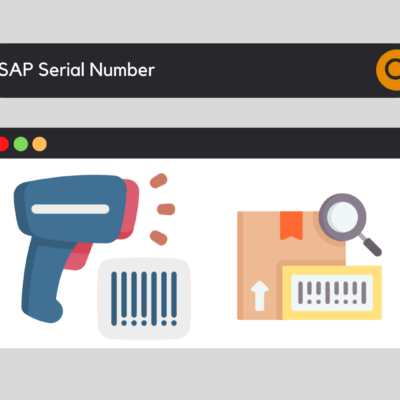
Any SAP consultant must master the job management part. Whether it is for the creation or the analysis of jobs already created. Indeed, this functionality is essential because it will allow the complete use of the resources available to SAP. A program must be run every morning in order to retrieve every sales order from the previous day? Another one every 5 minutes in order to "transform" the TR (Transfer Requirements) into TO (Transfer Orders)? The notion of SAP Job will allow you to configure this in order to automate these processes and, consequently, to save a considerable amount of time.
What is the purpose of a SAP Job?
First of all, it is important to know that jobs are not specific to SAP. Indeed, they also exist through other tools, other technologies. People who have some knowledge or experience in the IT world have certainly already had to deal with these famous jobs!
But what exactly is a job? A job is simply a succession of automated tasks. The system executes in background a succession of steps pre-configured by the user.
Thus, in the SAP universe, a job will allow the execution in background of different steps, called "steps". These steps correspond to the execution of one or more ABAP program(s), external command(s) or external program(s). In the vast majority of cases, ABAP programs are executed, whether they are standard and/or specific ("Z" programs).
Furthermore, what makes a job powerful is the fact that it can be scheduled to run at a specific frequency. Thus, the user can request the execution of the job every day, every week, every year etc. Also, the job can be scheduled to be executed at a specific time. This time configuration can be very useful to avoid any unnecessary overload of the system resources. Indeed, running a job in the middle of the night, when very few users are connected, will improve the speed of the job execution but will also prevent any unnecessary overloading.
How to create an SAP Job?
Firstly, in most cases, SAP consultants are responsible for creating jobs. However, in some cases, Key Users can also manage jobs in conjunction with their business department.
Now let's get to the heart of the matter. So, to create a job, you have to use the functional transaction SM36 Define Job:

Then, after having filled in the different information such as the job name, the job class etc., it's time to define the steps. As mentioned above, these steps represent the different stages of the job. In the case below, the job contains two steps, the execution of the ABAP programs " RISTRA20 " (step n°1), then " RIBCREATESALORD " (step n°2):

Note: some jobs contain only one step.
Once the job has been created, it is now important to visualize its status, its execution report (called Log), but also other useful information (delay, duration...). This is done via the Job Overview functionality.
Finally, depending on the company you work for, there may be naming conventions in place for job names. Therefore, make sure you pay close attention to this because it could help you when searching for jobs created in the past.
Job SAP Overview
Selection screen
First of all, this functionality is launched via the functional transaction SM37 Job Overview. However, before obtaining a job list, it is necessary to filter using the "Simple Job Selection" screen:

Jobs list
Then, depending on the information entered in the previous selection screen, the "Job Overview" view below appears:

On this general view of the jobs, we can distinguish several main information related to each job, including:
Status
Scheduled, Release, Ready, Active, Finished, Canceled: so many different statuses to define the state of the job.
Duration
The "duration" corresponds to the execution time of the job. It is expressed in seconds.
Delay
The "Delay" corresponds to the time (in seconds) elapsed before the job could be executed.
Thus, when creating a new job, it is necessary to go to this general view at first, in order to consult this important information. This will ensure that the job is executed correctly, as well as the technical information related to it.
Would you like unlimited access to our entire SAP training library? Test our training platform free of charge for a 7-day trial period.

Pierre Balbinot
SAP functional consultant, EAM (Enterprise Asset Management) and PP (Production Planning) expert.









Leave a Reply